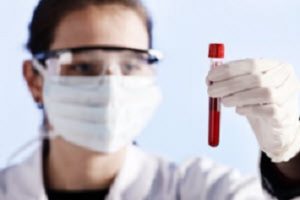The International Safety Center (ISC) has released new surveillance data that tracks employee incident reports of needlestick injuries and blood and body fluid exposures.
According to ISC, a nonprofit organization that works to improve protection for healthcare workers, participating hospitals reported a marked increase in injuries from sharps and needlesticks to residents and interns from 2014 to 2015. As well, ISC noted an overall increase in injuries sustained in the operating room, along with an unexpected decrease in the use of safety-engineered medical devices.
For blood and body fluid exposure, the data show that more are occurring in patient and exam rooms than in years past. Almost two-thirds of the splashes and splatters involved workers’ eyes. ISC says the findings are especially alarming because fewer than 7 percent of the exposed workers reported wearing eye protection.
ISC says the recent findings suggest that a higher percentage of exposed healthcare workers are aware that such incidents are preventable. The organization calls the information “a wake-up call to the many health institutions concerned about worker and patient safety.”
The organization has issued a call to action on improving work wear for employees at risk of exposure to blood, body fluids, and other biologic hazards. It highlights the need to address the high rate of injuries and illnesses. And it presents data documenting the role of work uniforms in the spread of pathogens.
In the survey preceding this one, ISC found that about 70 percent of all reported occupational splash or splatter exposures involving body fluids were contaminated with blood. Yet more than 40 percent of affected workers indicated they were wearing everyday clothes or non-protective scrubs or uniforms during the exposure. Only 17 percent were wearing a protective gown. The ISC is encouraging action “to increase the national sense of urgency about healthcare worker exposures to dangerous body fluids.”

